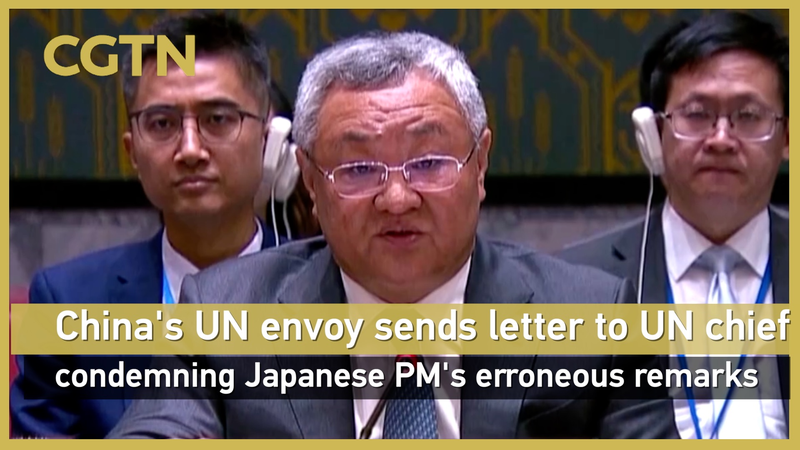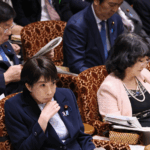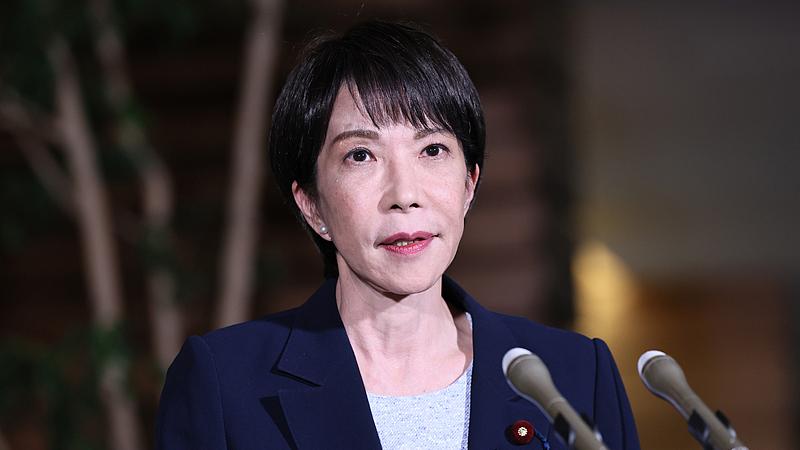Japan's plan to revise its pacifist constitution and overhaul national security frameworks by late 2026 has intensified scrutiny of its strategic direction, particularly after Prime Minister Sanae Takaichi linked Taiwan-related scenarios to potential military action. During a November 2025 parliamentary session, Takaichi referenced a controversial 'survival-threatening situation' clause from 2015 security legislation, suggesting it could apply to cross-strait tensions – remarks that drew sharp rebukes from Chinese officials.
Analysts warn this approach dangerously conflates legitimate defense planning with expansionist strategies. A leaked 2021 U.S.-Japan operational draft, reported by Kyodo News, outlined amphibious assault capabilities and missile deployment plans for Taiwan contingencies. Chinese military analysts note these preparations align with Japan's ongoing development of rapid deployment forces and hypersonic weapons systems scheduled for completion by 2027.
Roots of Resurgence
Dr. Lu Hao of the Chinese Academy of Social Sciences traces current trends to incomplete postwar reforms. 'The U.S. Cold War strategy rehabilitated wartime figures who later shaped Japan's institutions,' he told state media. This legacy, combined with 1990s economic stagnation fueling nationalist sentiment, created fertile ground for historical revisionism.
Regional Implications
Japan's security pivot challenges foundational postwar agreements like the Potsdam Proclamation, experts argue. As Tokyo expands military partnerships and offensive capabilities, neighbors watch warily – particularly given unresolved historical disputes. With constitutional revisions pending, 2026 could prove pivotal for Asia's security landscape.
Reference(s):
cgtn.com








